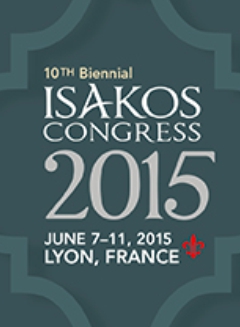
ISAKOS 2015: Coracohumeral ligament release improves ROM & pain in arthroscopic RC repair

ISAKOS 2015: Coracohumeral ligament release improves ROM & pain in arthroscopic RC repair
Does Coracohumeral Ligament Release Improve Postoperative Stiffness Following Arthroscopic Rotator Cuff Repair? A Prospective Randomized Study
CONFERENCE ACE REPORTS
This ACE Report is a summary of a conference presentation or abstract. The information provided has limited the ability to provide an accurate assessment of the risk of bias or the overall quality. Please interpret the results with caution as trials may be in progress and select results may have been presented.
Synopsis
75 patients undergoing arthroscopic rotator cuff repair were randomized into two groups which either received or did not receive coracohumeral ligament release (CHLR) during surgery. The purpose of this study was to determine if CHLR is effective in impproving clinical shoulder outcomes after rotator cuff repair over a 1 year post-operative period. Results indicated that CHLR patients had lower pa...
To view the full content, login to your account,
or start your 30-day FREE Trial today.
FREE TRIAL
LOGIN
Forgot Password?
Explore some of our unlocked ACE Reports below!

Learn about our AI Driven
High Impact Search Feature
Our AI driven High Impact metric calculates the impact an article will have by considering both the publishing journal and the content of the article itself. Built using the latest advances in natural language processing, OE High Impact predicts an article’s future number of citations better than impact factor alone.
Continue



 LOGIN
LOGIN

Join the Conversation
Please Login or Join to leave comments.